As we stand on the cusp of 2024, one can anticipate an upswing in market conditions. After all, consumer confidence is on the rise, and there is a newfound resurgence in demand for various products and services. Rapid advancement in technology is also unlocking new avenues for businesses to operate and engage with customers. In this context, Salesforce, with its extensive suite of customer experience and sales tools, is at the forefront of enabling organisations to succeed in this changing ecosystem. Now, if you wish to harness the opportunities presented by the anticipated market uptick in 2024, it is important to keep your Salesforce tech stack in optimal condition. This blog is a step-by-step guide on how to achieve this.
Step 1: Assess your current tech stack
Start with a thorough evaluation of your existing Salesforce setup. Pay attention to components, tools, and integrations that make up your Salesforce ecosystem. Evaluate the performance by assessing the speed, efficiency, and reliability of every tool and integration. Note down any performance bottlenecks in them. Bonus if you could gather feedback from team members who use Salesforce tools regularly. They can highlight specific pain points that they face regularly, resulting in a more holistic assessment.
Key questions to answer in this step:
- How efficiently does your tech stack perform?
- What gaps exist in your current tech stack?
- How efficient are your integrations with other systems?
Step 2: Set goals
Goals offer a clear focus on what’s most important for your organisation. You can use goals to prioritise initiatives, making it easier to decide where to allocate resources and effort. Begin by identifying your organisation’s overarching business objectives for 2024. Most importantly, ensure that the goals are SMART (Specific, Measurable, Achievable, Relevant, and Time-bound). SMART goals are easier to track and evaluate. Some of the common goals include:
- Boost sales revenue
- Improve lead conversion rate
- Enhance customer retention rates
- Shorten sales cycle
Key questions to answer in this step:
- What are your business objectives for 2024?
- How can Salesforce support your business objectives?
- Are your goals SMART?
Step 3: Stay up-to-date
When you are up-to-date with the latest trends in Salesforce, your organisation automatically gains a competitive edge. It allows you to leverage strategies that can put you ahead of competitors. For instance, by regularly reading tech news websites, industry publications, and blogs that cover Salesforce, and related technologies, you can anticipate the direction in which the industry is moving. This, in turn, helps you innovate and adapt your Salesforce tech stack to align with market demands and changing customer preferences. Staying current also helps you address emerging threats and ensure the security and privacy of customer data in Salesforce.
Key questions to answer in this step:
- What are the recent Salesforce updates and new features I should be aware of?
- What are the emerging customer Expectations and Preferences?
- What security threats are emerging in the space?
Step 4: Cleanse your data
This step is all about identifying, correcting, and eliminating inaccuracies, inconsistencies, and redundant information in your Salesforce database. After all, clean and accurate data is the foundation for informed decision-making. Flawed data can lead to misguided decisions, harming your organisation’s success. You can adopt data quality tools or services to automate the cleansing process, as they can help with tasks such as data deduplication, standardisation, and validation.
Key questions to answer in this step:
- What are the specific data quality issues we currently face?
- What data quality standards should we establish for our Salesforce database?
- Are data formats and values standardised across the database?
Step 5: Make your tech stack scalable
A scalable tech stack can accommodate increased data volume, user numbers, and business operations as your organisation grows without causing performance bottlenecks. Scalability allows you to avoid costly reconfigurations or migrations as you expand. It optimises your technology investments and minimises operational disruption. Always architect your tech stack with scalability in mind. This might involve using microservices, containers, or a distributed architecture that can grow organically.
Key questions to answer in this step:
- Is the current tech stack scalable?
- Are we ensuring high availability and load balancing?
- What mechanisms are in place for scalability testing and monitoring?
Step 6: Pick the right Salesforce partner
Implementation and Partners can play a vital role in implementing, customising, and optimising your Salesforce tech stack. The right partner brings their deep expertise and experience to the table as they are well-versed in Salesforce solutions and can provide valuable recommendations for your business. They can also customise and integrate the Salesforce system to align with your precise business processes and needs. This ensures that your tech stack can function seamlessly. Lastly, the right partner can help you realise a faster ROI by efficiently setting up Salesforce for maximum productivity.
Key questions to answer in this step:
- Does the Salesforce partner have certifications and specialisations?
- How familiar is the Salesforce partner with your industry?
- Does the Salesforce partner have strong testimonials?
About Brysa
Brysa is a leading Salesforce partner in the UK, translating businesses’ unique needs into tailored Salesforce solutions. Their commitment to innovation makes Brysa a reliable partner for organisations seeking to optimise their Salesforce tech stack and drive their customer-centric initiatives when the markets pick up in 2024. To know more about how Brysa can help your business manage the Salesforce tech stack, contact us now.

